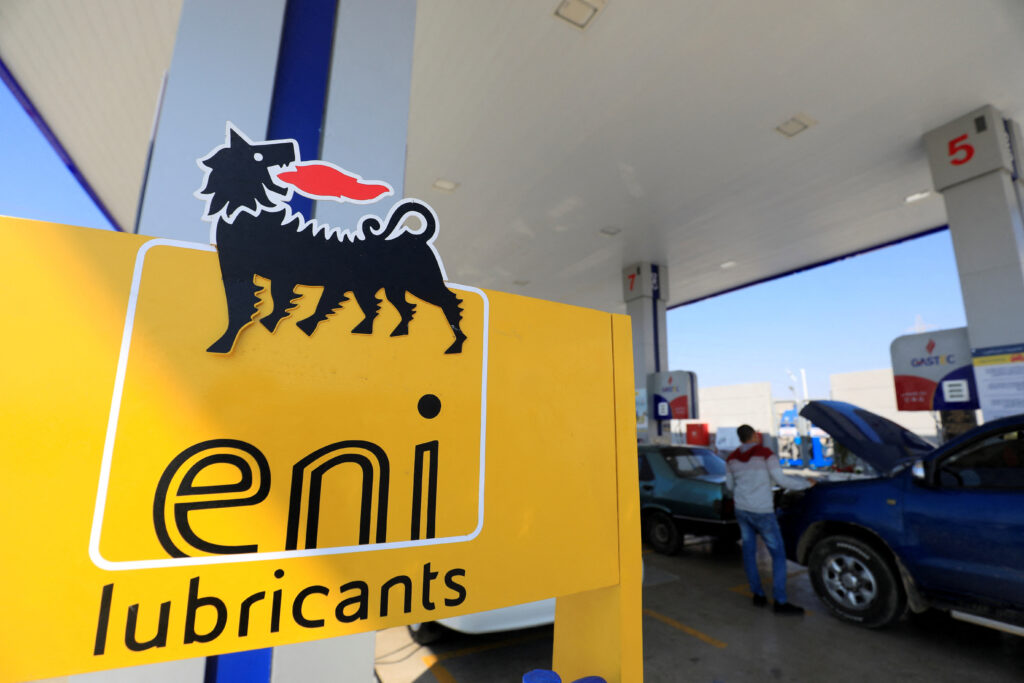Imagine buying a pre-owned car online with home delivery and a seven-day money-back guarantee. That’s the revolutionary experience Carvana (CVNA) offers, disrupting the traditional used car market. But has this innovation translated to smooth sailing for Carvana’s stock?
Carvana’s share price has taken investors on a rollercoaster ride. In June 2021, it soared to a staggering $377.41, a meteoric rise fueled by the pandemic-driven surge in online car buying.
However, as of April 1, 2024, the stock has settled at a much lower $87.91, reflecting market volatility and concerns about Carvana’s future.
This blog will buckle you up for a deep dive into Carvana’s stock performance. We’ll analyze its recent price movements, investigate the company’s financial health and market outlook, and assess the potential risks and rewards for investors.
By the end of this ride, you’ll be equipped to decide whether Carvana deserves a spot in your portfolio.
Carvana’s Rise and Recent Performance
Carvana (CVNA) has revolutionized the used car market by offering an online car-buying experience. Customers can browse many vehicles, get financing approved virtually, and even schedule home delivery with a seven-day money-back guarantee. This innovative approach fueled rapid growth, making Carvana a hot stock for investors.
Current Stock Price As of April 1, 2024, Carvana’s stock price today is $87.91.
Looking back at the past year, Carvana’s stock price has experienced significant volatility. Here’s a breakdown with credible sources:
In June 2021, the stock reached a record high of $377.41, fueled by the pandemic-driven surge in online car buying. During this time, McKinsey & Company reported a significant rise in online used car sales, highlighting the trend Carvana capitalized on.
According to the recent downturn since the June 2021 peak, Carvana’s stock price has fallen considerably. This decline reflects broader market volatility and concerns surrounding Carvana’s future. Articles like this from Forbes discuss how traditional auto dealers are catching up with online features, potentially impacting Carvana’s market dominance.
The recent news with several factors that have contributed to the recent decline:
- Rising Interest Rates: The Federal Reserve’s interest rate hikes can make car loans more expensive, potentially impacting demand for Carvana’s vehicles. You can find current Federal Reserve interest rate information on their website:
- Supply Chain Issues: The ongoing global supply chain disruptions could limit Carvana’s ability to acquire used car inventory, impacting its sales volume. News articles frequently discuss these issues so that a simple web search would be helpful.
But still, there is the question in investors’ minds: Is Carvana a Good Stock to Buy?
Well, this is the million-dollar question. Carvana’s future depends on several factors, including its ability to navigate these challenges and maintain its competitive edge.
Let’s move forward and discuss it in detail.
Let’s Answer Your Question: Why Is Carvana A Good Stock To Buy?
Here are potential reasons Carvana could be an excellent stock to buy:
-
Impressive Stock Performance
Carvana’s stock price has skyrocketed over the past year, delivering returns of around 1,690% since the beginning of 2023. This exceptional performance has outpaced even the best growth stocks, including tech giants like Nvidia. Such price momentum could entice investors hoping the rally will continue.
-
Turnaround from Near Bankruptcy
Carvana was on the brink of bankruptcy due to unsustainable growth and cash burn. However, the company has taken steps to refinance debt, cut costs, and focus on profitability over-aggressive expansion. This strategic shift helped pull Carvana back from the edge and get cash flows into positive territory in 2023.
-
Leading Online Used Car Platform
Carvana is a pioneer and leader in the online used car sales space. As one of the largest digital marketplaces for buying used vehicles, Carvana could benefit from the growing consumer preference for e-commerce car purchases over traditional dealerships.
-
Long-Term Margin Improvement Plan
Management has set goals to improve gross margins to 15-19% and reduce operating expenses to just 6-8% of sales over time. Achieving these targets could allow Carvana to scale profitably as the business grows revenues in the future.
In short, Carvana’s recent spectacular stock returns, strategic turnaround from near-bankruptcy, and leading digital platform position present potential upsides.
Factors to Consider Before Buying CVNA Stock
Deciding whether to invest in Carvana (CVNA) requires careful analysis of several key factors. Here’s a breakdown to help you make an informed decision:
-
Company Analysis
-
Financial Health
To assess its financial health, you must look at Carvana’s recent financial statements (balance sheets and income statements). You can find these on Carvana’s investor relations website.
Analyze key metrics like revenue growth, profitability (net income), and debt levels.
Carvana has experienced rapid growth but may also carry significant debt. Understanding the debt-to-equity ratio is crucial.
-
Competitive Advantages
Evaluate Carvana’s unique selling proposition (USP). What sets them apart from traditional used car dealerships? Consider factors like
- Completely online car buying experience.
- Wide selection of vehicles.
- Convenient financing options.
- Delivery and return guarantees.
-
Future Growth Strategy
Research Carvana’s plans for future growth. Are they expanding geographically? Are they developing new online car-buying features?
Look for press releases or investor presentations on Carvana’s website for their growth strategies.
-
Analyst Opinions
Research how financial analysts view Carvana’s stock. Websites like Seeking Alpha and Yahoo Finance compile analyst ratings (buy, hold, sell) and price targets.
Consider the reasoning behind analyst opinions, but remember they are not guarantees of future performance.
-
Overall Market Conditions
The broader used car market and economic trends can significantly impact Carvana’s stock price. Consider factors like
- Used Car Market Trends: Research the growth potential of the online used car market. Reports from companies like J.D. Power or Kelley Blue Book can provide insights.
- Economic Conditions: A strong economy typically boosts consumer spending, potentially benefiting Carvana. You can find current economic data from the U.S. Bureau of Labor Statistics.
You can better understand Carvana’s investment potential by carefully considering these factors. Remember, conducting your research is crucial before making any investment decisions.
Potential Risks and Rewards
The Risks
-
Extremely High Debt Load
Despite the turnaround efforts, Carvana still carries a substantial $5.4 billion long-term debt against just $530 million in cash. This debt burden creates risks if the business falters and cash flows become strained again.
-
Unproven Ability to Grow Profitably
While cutting costs boosted short-term profits, Carvana has yet to demonstrate it can reignite revenue growth while maintaining positive free cash flows and margins. Repeating past mistakes of unsustainable growth could undermine the recovery.
-
Frothy Valuation After Stock Run-Up
Carvana’s enterprise value of around $15 billion prices lofty growth expectations given the company’s current modest $540 million theoretical net income. The stock may be overheated if profits cannot expand dramatically from here.
-
Intense Competition
Traditional auto dealerships, online startups, and tech giants vie for shares in the lucrative used car market. Carvana faces intense competition, which could pressure growth and margins.
The Rewards
While Carvana faces significant challenges, there are also potential rewards that could make the stock attractive for some. Here’s a breakdown of the positive aspects:
-
Continued Market Growth
The online used car market is still in its early stages and is expected to experience significant growth in the coming years. As a leader in this space, Carvana is well-positioned to capitalize on this trend.
-
Enhanced Profitability
Carvana’s recent focus on cost-cutting and margin improvement could significantly increase profitability in the long run. If they achieve their goals of 15-19% gross margins and 6-8% operating expenses, Carvana could generate substantial free cash flows, boosting the company’s value.
-
Innovation and Expansion
Carvana constantly innovates and develops new features to improve the online car buying experience. They are also expanding geographically, offering their services in more markets. These initiatives could attract more customers and drive revenue growth.
-
Potential Acquisitions
As the online used car market matures, consolidation is possible. With its established brand and infrastructure, Carvana could be a prime candidate for acquisition by a larger player seeking to dominate the online space. This could result in a significant windfall for CVNA shareholders.
-
Rising Used Car Prices
The current environment of rising used car prices could benefit Carvana in the short term. Higher selling prices could improve margins and profitability, even with a slowdown in sales volume.
Conclusion!
Carvana has undoubtedly been a wild ride for investors, marked by soaring heights and steep declines. While the company’s innovative online car-buying platform and impressive stock performance have captured attention, considerable risks remain. Carvana’s substantial debt load, unproven ability to grow profitably, frothy valuation, and intense competition pose significant challenges.
However, potential rewards exist for investors willing to weather the volatility. The projected growth of the online used car market, Carvana’s profitability improvement plans, continuous innovation, expansion opportunities, and the potential for industry consolidation through acquisitions offer enticing upsides.
Ultimately, Carvana is a good stock to buy by carefully evaluating these risks and rewards, coupled with a thorough analysis of the company’s financials, competitive advantages, and overall market conditions. By conducting comprehensive research and maintaining a disciplined investment approach, investors can decide whether Carvana deserves a spot in their portfolios or if the risks outweigh the potential rewards.
Peter Williams, a financial writer with over five years of experience, specializes in covering stock market movements, bond markets, commodities, and macroeconomic trends.










